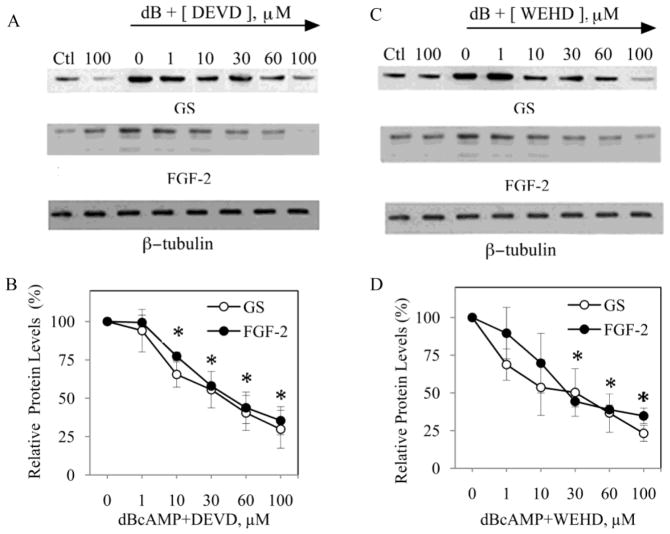Figure 6. Specific inhibition of caspases-3 and -11 attenuates GS and FGF-2 expression in reactive astrocytes.
Neonatal astrocytes cultures were pretreated for 1 h with increasing concentration of caspase inhibitors (0, 1, 10, 30, 60, 100 μM) followed by 48 h exposure to 1 mM dBcAMP (dB). For comparison, experiments included conditions with vehicle (Ctl) or 100 μM inhibitor (100) in the absence of dBcAMP. At the conclusion of the experiment, cultures were processed for western blots to assess levels of GS, FGF-2, and β-tubulin (internal control). Representative blots are shown for astrocyte cultures pre-treated with (A) the caspase-3 inhibitor DEVD, and (C) the caspase-11 inhibitor WEHD. Densitometric analysis of blots revealed significant inhibition of both GS and FGF-2 expression in astrocyte cultures treated with (B) 10 – 100 μM DEVD, and (D) 30–100 μM WEHD. Data show mean values (± SEM) relative to dBcAMP-treated cultures in the absence of caspase inhibitor. *P < 0.05 relative to condition lacking inhibitor.

